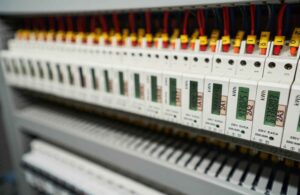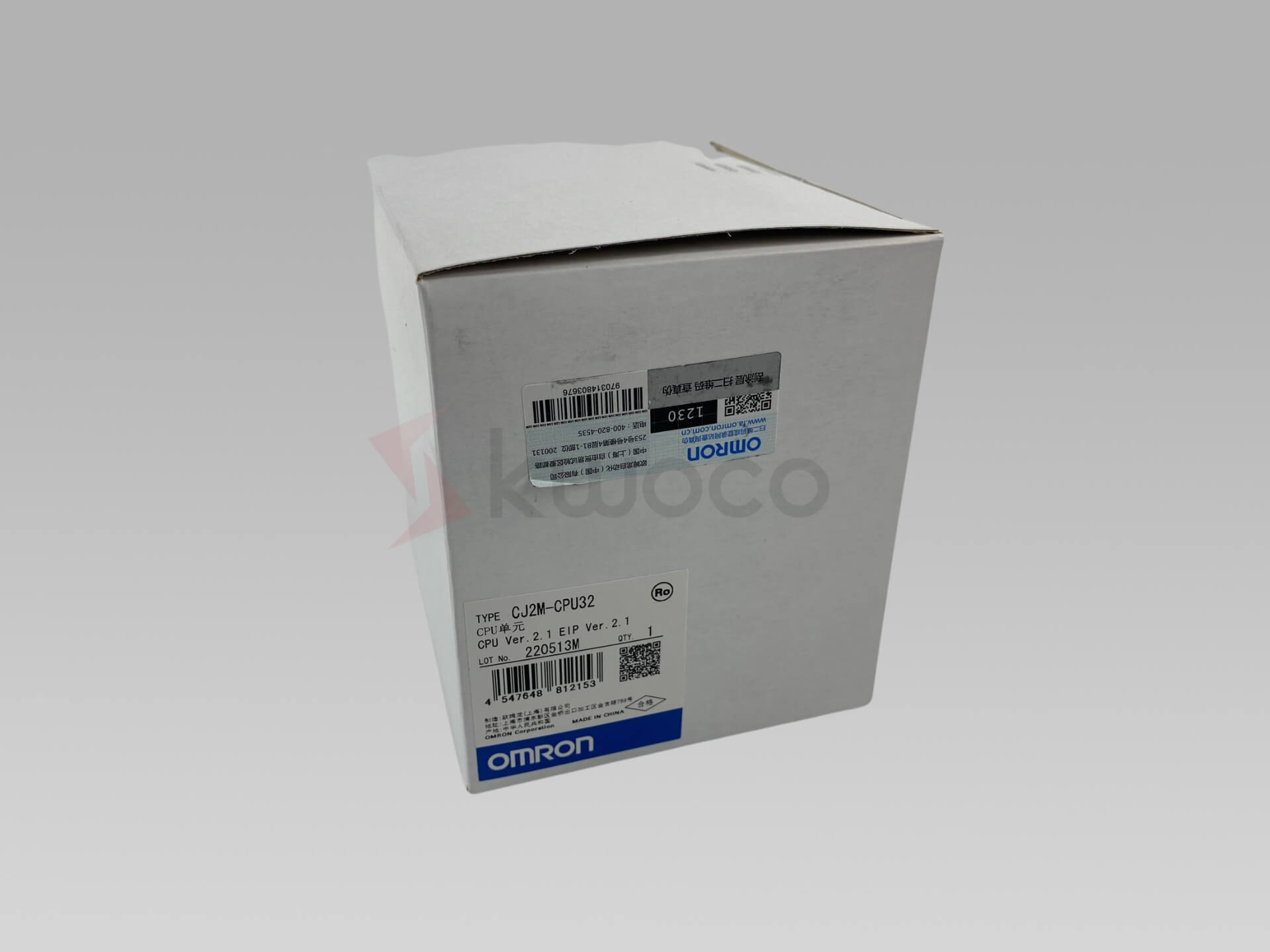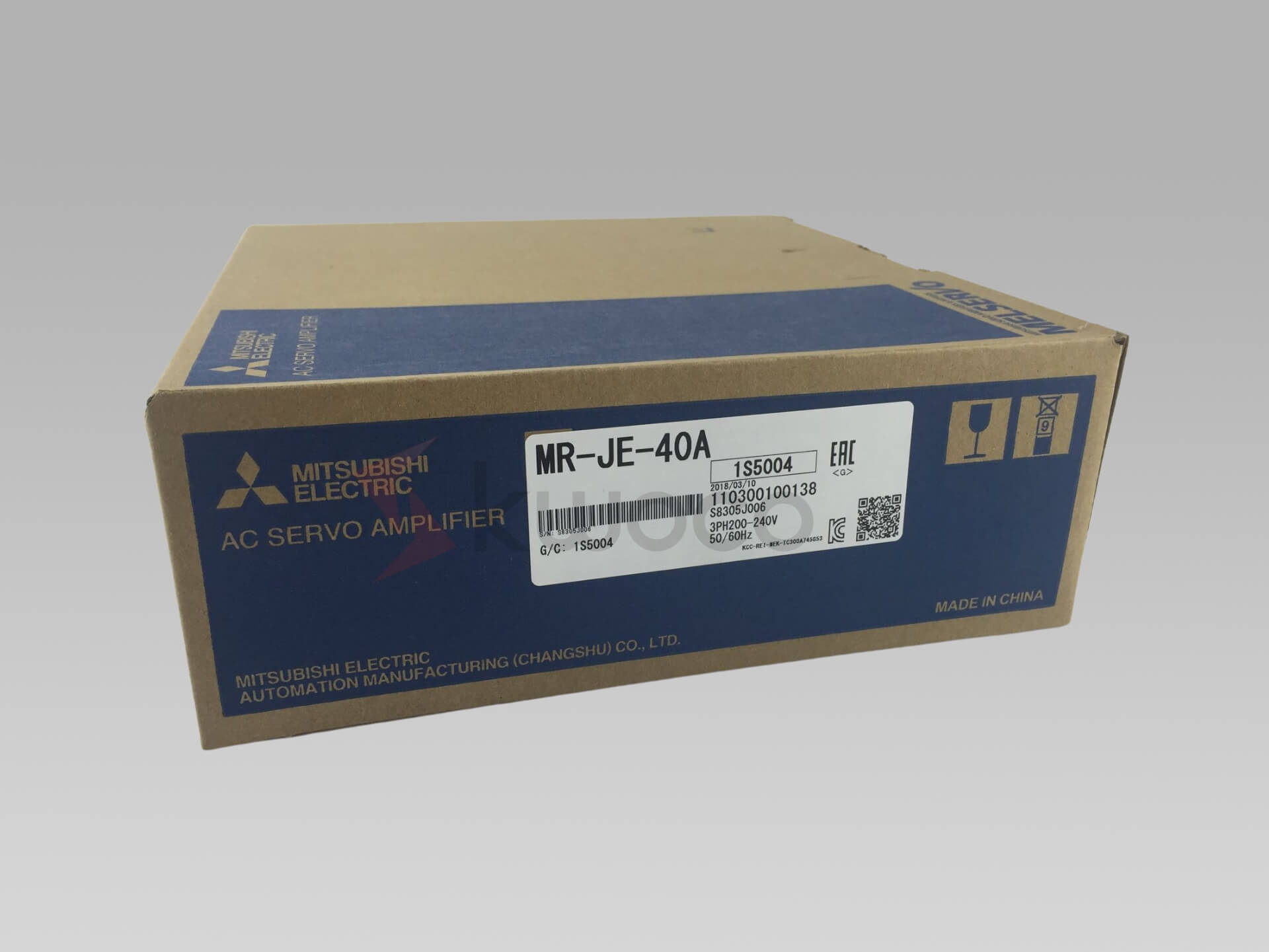Unveiling the Role of Human-Machine Interfaces in Industrial Automation
Table of Contents
What Is an HMI and How Does It Function in Industrial Settings?
A Human-Machine Interface (HMI) is a user interface or dashboard that connects a person to a machine, system, or device. In industrial automation, HMIs play a pivotal role by providing operators with real-time data and control over industrial processes. Through intuitive graphical user interfaces, operators can monitor machine performance, adjust settings, and respond promptly to alarms.
HMIs serve as the interface for operators to interact with complex industrial systems. By displaying real-time data, they enable human operators to make informed decisions that optimize production efficiency. For instance, an operator might use an HMI to monitor the temperature of an industrial water tank, ensuring it stays within optimal parameters. This interaction between humans and machines is critical in maintaining smooth industrial operations.
Modern HMIs have evolved significantly from traditional push-button operations to advanced touch screen interfaces. These interfaces are designed to be user-friendly, reducing the learning curve for operators and helping to reduce human error. By providing a graphical interface that is both intuitive and informative, HMIs enhance the overall efficiency of industrial control systems.
Types of HMIs: Which Interface Is Right for Your Industrial System?
Choosing the right HMI is crucial for the efficiency of your industrial control system. There are different types of HMIs used in industrial settings, including pushbutton replacers, data handlers, and overseers. Each type serves specific functions and is suited to particular industrial environments.
Pushbutton replacers are basic HMIs that replace traditional physical buttons with touch screens or digital interfaces. They offer ease of use and a user-friendly interface for operators to monitor and control machine settings. Data handlers, on the other hand, provide real-time data logging and visualization, enabling operators to make data-driven decisions. Overseers are advanced HMIs integrated into larger industrial control systems, offering comprehensive monitoring and control of industrial processes.
For example, Mitsubishi HMIs and Omron HMIs offer solutions tailored to various industrial sectors. When selecting an HMI, it’s essential to consider factors like the complexity of your industrial process, the need for real-time data, and the desired level of interaction between humans and machines. A good HMI provides not only an intuitive interface but also robust communication protocols to ensure seamless integration with other systems like PLCs (Programmable Logic Controllers) and SCADA systems.
HMI and SCADA: What's the Difference and How Do They Work Together?
Many people often wonder about the difference between HMI and SCADA systems. While both are integral to industrial automation, they serve distinct roles. An HMI is the interface or dashboard that connects an operator to the machinery, focusing on real-time control of a specific machine or process. SCADA, which stands for Supervisory Control and Data Acquisition, is a system that collects data from various sensors and instruments across an industrial operation.
HMIs are used by operators to interact with individual machines or parts of the industrial process. They offer real-time visualization and control, allowing for immediate adjustments. SCADA systems, however, provide a broader view, overseeing multiple systems across different locations. They collect and analyze data, providing insights for optimizing the entire industrial operation.
Despite their differences, HMI and SCADA systems often work hand-in-hand. An HMI screen may be a component within a SCADA system, providing operators with the necessary interface to control specific processes. Understanding the difference between HMI and SCADA is vital for implementing effective industrial control strategies that reduce human error and enhance productivity.
How HMIs Optimize Industrial Processes and Reduce Human Error
In today’s industrial world, optimizing processes and reducing human error are paramount. HMIs play a significant role in industrial automation by providing human operators with real-time data and intuitive interfaces. This enables operators to make quick decisions that optimize production and increase efficiency.
By offering a user-friendly interface, HMIs help reduce human error. Operators can easily understand machine statuses, receive timely alarms, and adjust machine settings as needed. This ease of use is crucial in high-pressure industrial environments where swift and accurate responses are required.
Moreover, HMIs facilitate better interaction between humans and machines. Through advanced HMI software and hardware, operators can monitor and control complex industrial systems seamlessly. This not only improves operational efficiency but also enhances safety by reducing the likelihood of errors that can lead to accidents.
The Future of HMI Technology in the Industrial Internet of Things
As technology continues to evolve, the future of HMIs looks promising, especially with the rise of the Industrial Internet of Things (IIoT). Modern HMIs are moving toward high-performance interfaces that offer enhanced connectivity, data analytics, and remote access. This evolution in HMI technology is set to revolutionize industrial operations.
The integration of HMIs with IIoT enables advanced data collection and analysis, allowing operators to optimize processes like never before. Real-time data can be accessed from anywhere, making industrial environments more flexible and responsive. Advanced HMI solutions are also incorporating augmented reality (AR) and virtual reality (VR) technologies to provide immersive experiences for operators.
Investing in new HMI technologies will help bridge the gap between human operators and complex industrial systems. By embracing these advancements, industries can enhance efficiency, reduce downtime, and stay competitive in the rapidly changing industrial sector.
Frequently Asked Questions
An HMI serves as the interface for operators to monitor and control industrial processes. It provides real-time visualization and data, enabling human operators to interact effectively with machines and optimize production.
HMIs offer intuitive, user-friendly interfaces that simplify complex machine operations. By providing clear visualizations and timely alarms, HMIs help operators make accurate decisions quickly, thus reducing the likelihood of human error.
An HMI is a user interface that allows operators to interact with machinery, often focusing on real-time control of a specific machine or process. A SCADA system is a broader network that collects and analyzes data from multiple HMIs and devices across an industrial operation.
The IIoT is enhancing HMI technology by introducing greater connectivity and data analytics. Modern HMIs can now connect to various devices and systems, allowing for remote monitoring, advanced data processing, and improved decision-making capabilities.
Yes, our experts are available to guide you in selecting the perfect products tailored to your project’s unique requirements, ensuring optimal performance.
Power your projects with brand-new, original Omron, Mitsubishi, Schneider PLC – in stock, ready now!
Conclusion
- HMIs are crucial interfaces allowing human operators to interact with industrial machines in real-time.
- Choosing the right type of HMI depends on your industrial system’s needs and complexity.
- Understanding the difference between HMIs and SCADA systems is essential for effective industrial control.
- HMIs help optimize industrial processes and reduce human error through intuitive, user-friendly interfaces.
- The future of HMI technology is intertwined with the Industrial Internet of Things, promising advanced connectivity and efficiency.
Contact Us
Just fill out your name, email address, and a brief description of your inquiry in this form. We will contact you within 24 hours.
You May Also Find These Topics Interesting

PLC Programming Guide: Master Industrial Automation
Are you looking to understand the world of Programmable Logic Controllers (PLCs) and how they revolutionize industrial automation? This comprehensive guide will walk you through everything you need to know about PLC programming, from basic concepts to advanced techniques, helping both beginners and experienced professionals enhance their automation skills.

Which PLC is Mostly Used in Industry? Top PLCs Explained
In the ever-evolving automation industry, one question frequently arises: Which Programmable Logic Controller (PLC) is mostly used in industrial applications? Understanding the landscape of PLC manufacturers and their offerings can help professionals make informed decisions for their automation needs. This article explores the most popular PLC brands, their features, and why they dominate the industrial automation sector.

Understanding VFD: What is a Variable Frequency Drive?
In the realm of industrial automation, Variable Frequency Drives (VFDs) are pivotal components that enhance the efficiency and performance of electric motor systems. This article will explore the fundamentals of VFDs, their functionalities, and the numerous advantages they offer in speed control and energy efficiency.






